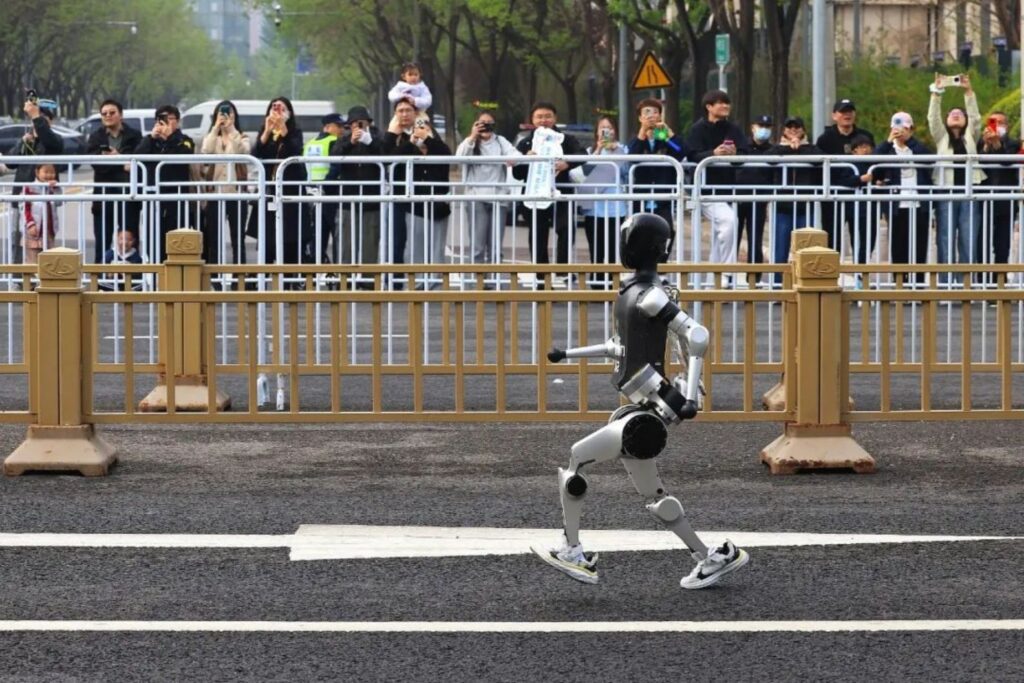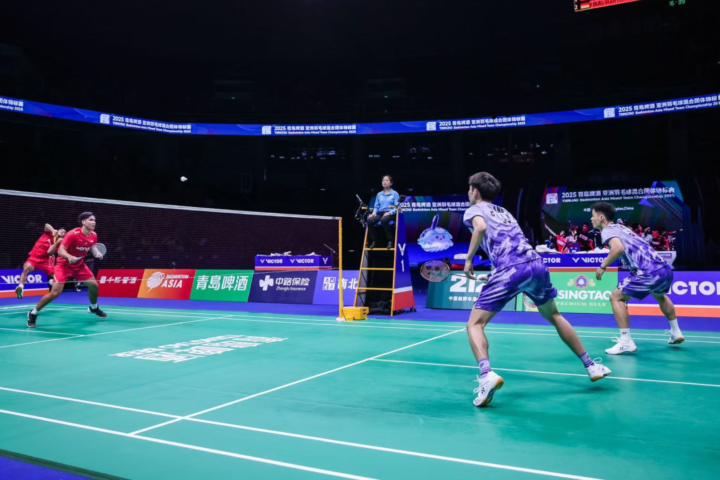On April 19, 2024, the streets of Beijing’s Yizhuang district hosted a futuristic first: the world’s inaugural Humanoid Robot Half Marathon. Twenty bipedal robots—developed by teams from across China—took to the urban terrain to complete a 21-kilometer course, not in simulation, but in the raw elements of the real world. It was more than a race; it was a public stress test, a cultural milestone, and a hint of what’s to come.
From the Showroom to the Sidewalk
While robot demonstrations are typically confined to glossy tech expos or R&D labs, this event brought them into public view—on uneven sidewalks, through winding turns, and under unpredictable spring skies. Some moved with impressive precision, others stumbled or powered down, but all offered a glimpse into a bionic future that’s far closer than we think.
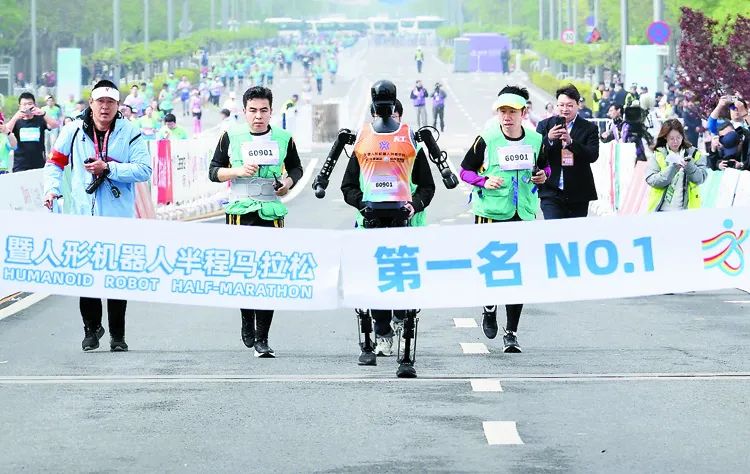
The winning robot, Tiangong, co-developed by the Beijing Humanoid Robot Innovation Center and UBTECH, led the charge—quite literally. But beyond rankings, the event marked China’s growing momentum in Embodied AI, a field aiming to anchor intelligent systems in the physical world.
More Than a Marathon—A Systemic Stress Test
Running 21 kilometers was only part of the challenge. Each robot executed over 250,000 high-precision joint movements, tackled sharp corners, navigated changing gradients, and adapted to surfaces from cobblestones to gravel. Sunlight, wind, dust, and electromagnetic interference added layers of unpredictability no lab environment could replicate.
This was not a polished demo—it was a live engineering exam.
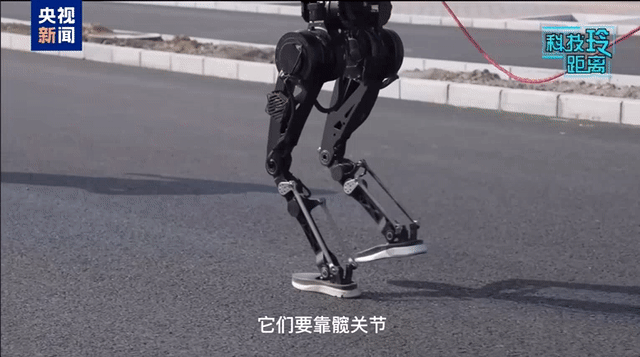
Many robots required assistance or stopped mid-race due to battery or balance issues. But the openness of these moments—robots stumbling, then rebooting—struck a chord. In embracing failure publicly, China’s robotics industry signaled a shift: a move toward Silicon Valley-style iteration, favoring rapid prototyping over perfectionism.
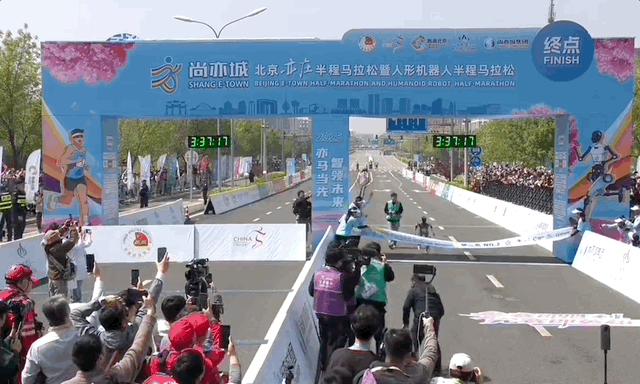
This approach contrasts with more conservative strategies in Europe, the U.S., or Japan, where humanoids remain largely confined to controlled environments like hospitals or warehouses. China, by contrast, is pushing robots directly into complex, open environments—and letting real-world pressure drive real progress.
Tech Showcase, Business Reality Check
Beyond the innovation on display, the race spotlighted emerging players in the sector. Investment firms like First Capital—backers of both the champion and runner-up robots—are doubling down on embodied intelligence. Still, challenges remain: commercialization is in early stages, and scalable business models are still evolving.
Analysts anticipate a turning point by 2025, when select companies may begin shipping thousands of humanoid units annually. But industry-wide adoption will depend not just on hardware—it will require answers to questions of ethics, safety, policy, and public trust.
This race wasn’t just about robots. It prompted reflection:
Should machines walk like us? Do we empathize when they fall? Are we ready to share the sidewalk?
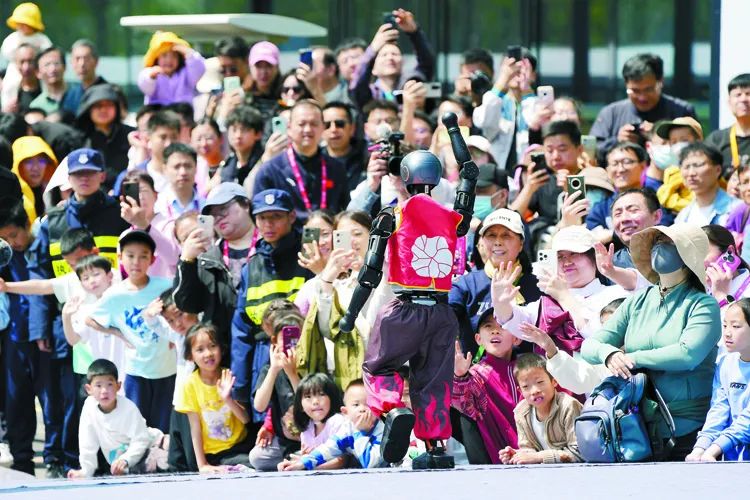
These are the human questions triggered by machine progress. And in asking them, the event did more than advance technology—it expanded the cultural imagination.
As one expert noted, “This was the industry’s coming-of-age moment.” With all eyes on the street, the spotlight is no longer just on the next breakthrough—but on how we, as a society, choose to integrate and interpret it.
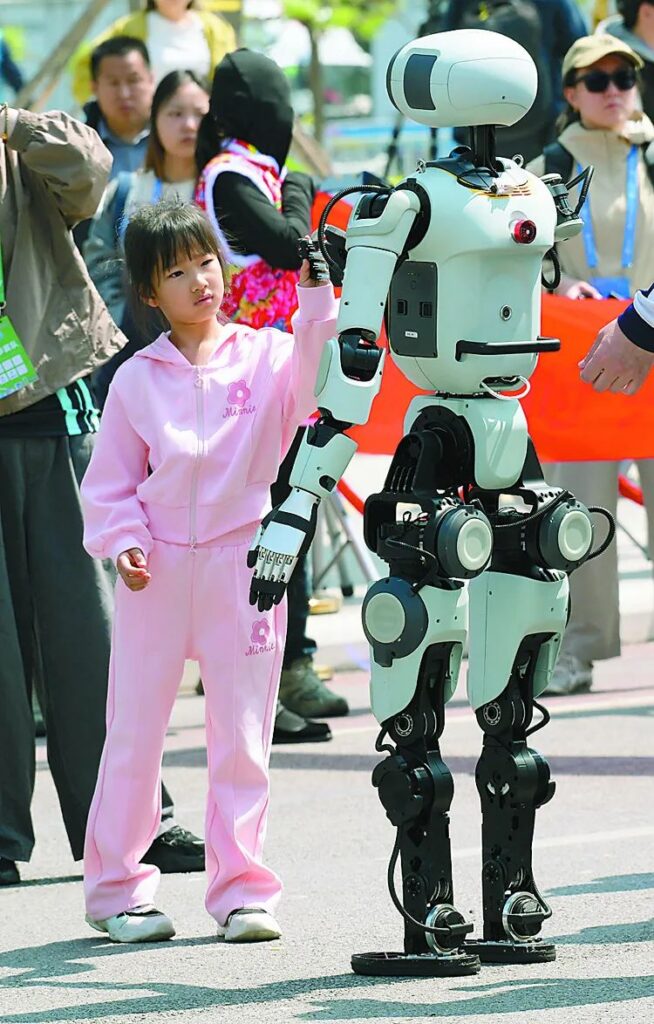
The humanoid half marathon in Beijing may be over, but the race toward robotic integration is just beginning. And if this event proved anything, it’s that progress doesn’t always look perfect—but it does look possible. This was the coming-of-age ceremony for China’s humanoid robot industry. By stepping out of the lab and onto the pavement—into sunshine, scrutiny, and setbacks—robots are being reimagined not as novelties, but as evolving agents in our shared world
